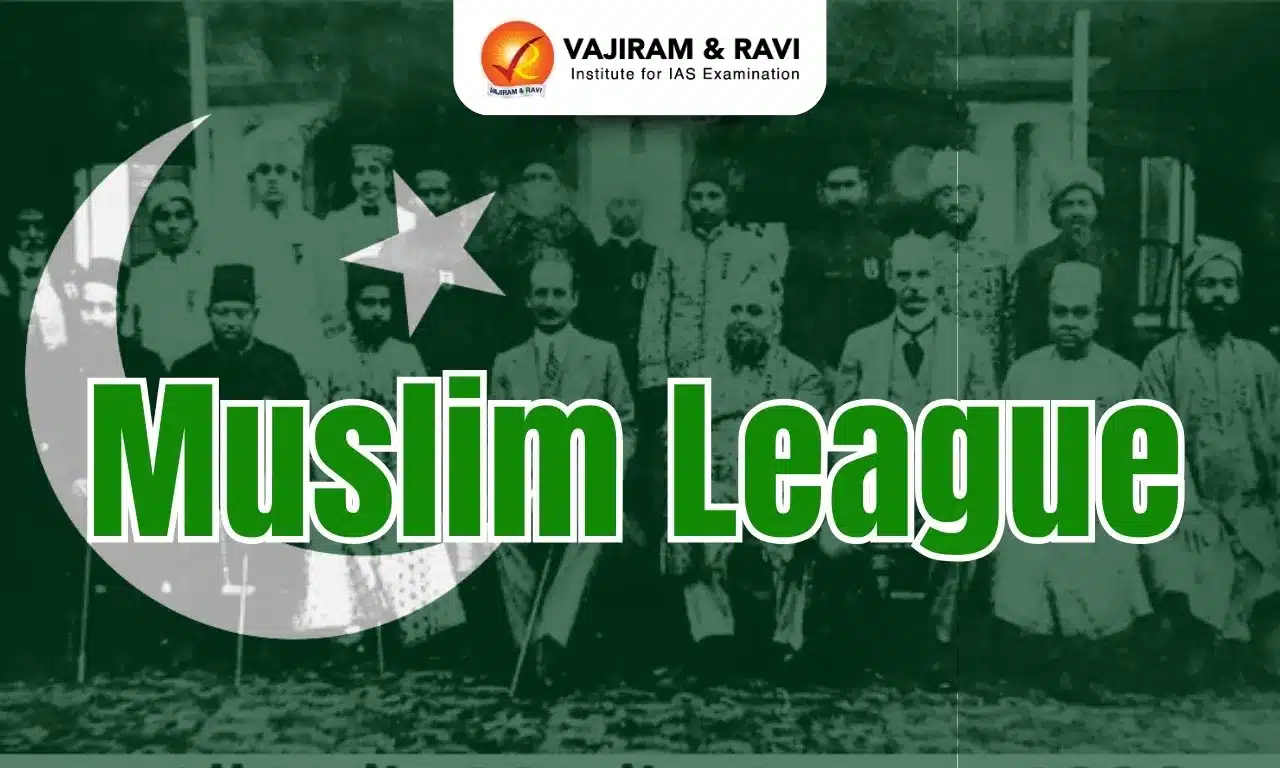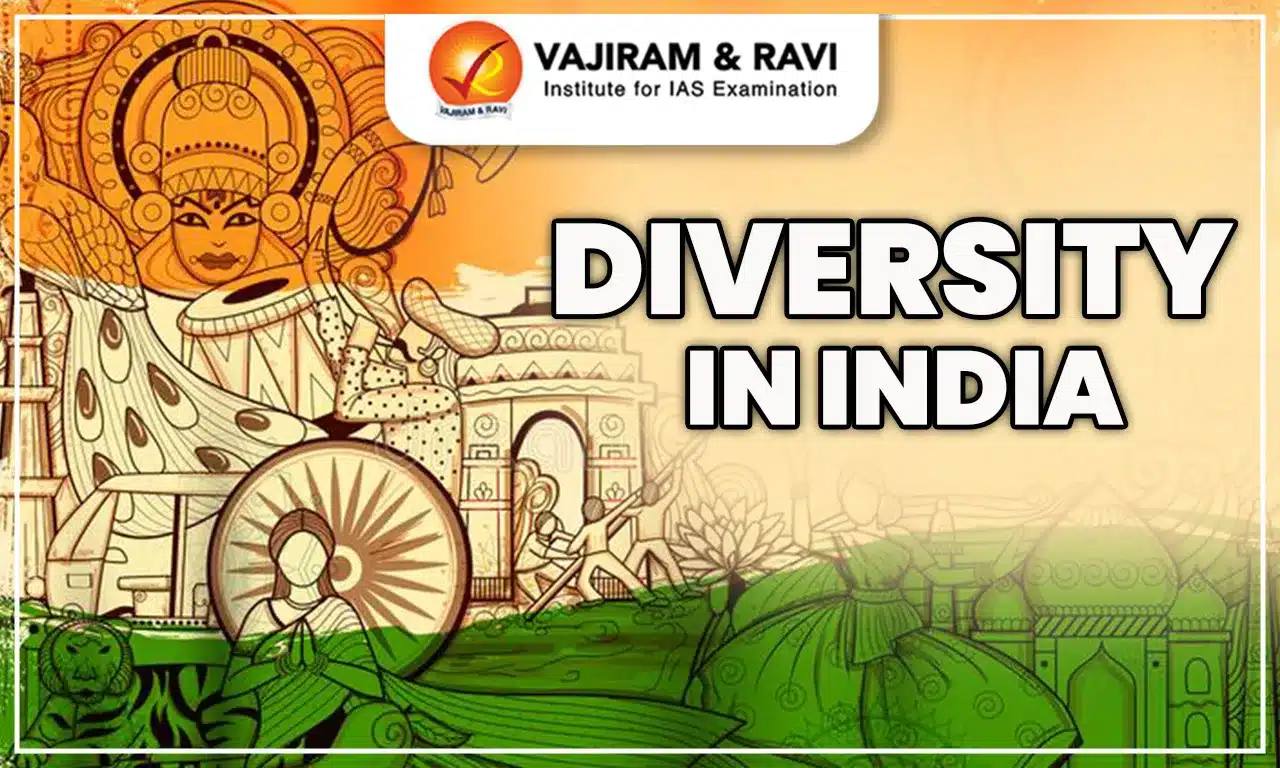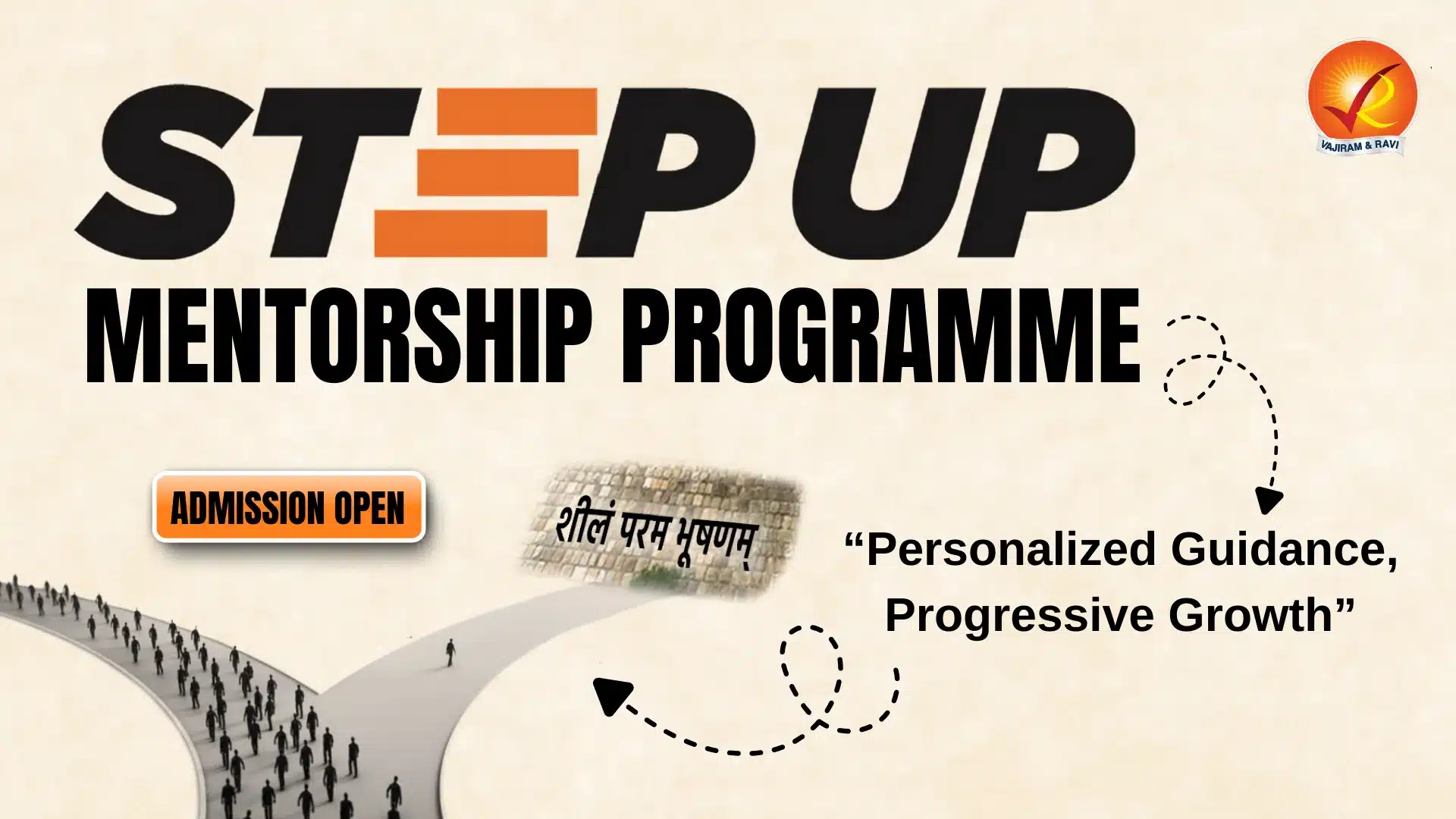All India Muslim League, commonly known as the Muslim League, was a pivotal political organisation that played a significant role in shaping the Indian subcontinent's history. Established in 1906, the Muslim League emerged at a time when the political landscape of India was dominated by the British Raj and nationalist movements were taking root.
The league’s creation was a significant event in Indian history, as it eventually became the driving force behind the demand for the creation of Pakistan.
All India Muslim League 1906 About
All India Muslim League was founded on December 30, 1906, in Dhaka (then part of Bengal and now Bangladesh's capital) during a meeting of the All India Muhammadan Educational Conference. It was founded to represent the political interests of Muslims in British India during a period when the Indian National Congress was the dominant political organisation representing the broader Indian nationalist movement.
Muslim League Background
The background of the Muslim League's foundation can be traced to the growing concerns among the Muslim elite in British India, especially after the establishment of the Indian National Congress (INC) in 1885.
- Declining Muslim Influence: After the Mughal Empire collapsed and British rule was established, Muslims' political and economic power declined. In the late nineteenth century, Hindu cultural and religious movements reemerged, which some Muslims saw as a threat to their identity.
- Formation of Indian National Congress: The INC, founded in 1885, was seen by some Muslim leaders as primarily representing Hindu interests.
- Sir Syed Ahmed Khan, a highly esteemed leader of the Muslim community, cautioned Indian Muslims against joining the Congress, emphasising the importance of safeguarding Muslim interests.
- Partition of Bengal: The 1905 partition of Bengal by the British, which created a Muslim-majority Eastern Bengal, sparked communal tensions between Hindus and Muslims. It prompted Muslims to seek a political platform to express their concerns.
- Shimla Delegation: In 1906, Agha Khan led the Shimla delegation to Viceroy Lord Minto, demanding separate electorates for Muslims at all levels, with representation reflecting their population and political significance.
Formation of Muslim League
Muslim League was established on December 30, 1906, during the annual meeting of the Muhammadan Educational Conference in Dhaka. Nawab Khwaja Salimullah of Dhaka was instrumental in bringing together influential Muslim leaders, including Aga Khan, Nawab Mohsin-ul-Mulk, and Nawab Viqar-ul-Mulk, who became key figures in the formation of the league.
- The Muslim League's inaugural annual session took place in Karachi on December 29, 1907. Sir Sultan Mohammed Shah, known as Aga Khan, was appointed as the league’s first Honorary President. The league's headquarters were located in Lucknow.
- The formation of the Muslim League is regarded as the first fruit of the British master strategy of 'Divide and Rule'.
Muslim League Objectives
The Muslim League was established to address the political and socio-economic issues facing Muslims in British India. Its primary objective was to protect Muslim interests by ensuring proper representation and safeguarding communal rights against majority dominance.
- Additionally, the league aimed to foster loyalty to the British government, positioning itself as a cooperative body to advocate for Muslim concerns.
- It also worked to secure political representation through measures like separate electorates, ensuring that Muslims had a meaningful voice in legislative processes.
Initial Years of the Muslim League
In its early years, the Muslim League made notable efforts to establish itself as a key political entity. During this period, the League maintained a cooperative approach with the British government, seeking political concessions through alignment with colonial authorities.
- Slow Start: For the first year after its establishment in December 1906, the League struggled to gain momentum. Its early leadership, having previously advised Muslims to avoid political involvement, contributed to its slow start.
- Demand for Separate Electorates: The League focused on advocating for separate electorates and enhanced political representation for Muslims, aiming to address the community's distinct needs. This was finally granted in the Morley Minto Reforms of 1909.
- Shift in Ideas: The Muslim League began to show signs of revival as a new generation of younger, middle-class Muslims with radical ideas entered its ranks.
- Mohammad Ali Jinnah joined the league in 1913.
- These new leaders shifted the League's focus from mere loyalty to the British to actively challenging colonial rule and adopted the goal of self-government for India in 1913.
Muslim League in Nationalist Movement
Muslim League’s role in India’s national struggle for independence was both complex and transformative. Initially, the league worked within the colonial system, seeking to protect Muslim rights while remaining loyal to the British.
- Morley-Minto Reforms (1909): The Muslim League had long demanded separate electorates for Muslims. The Morley-Minto Reforms introduced the concept of separate electorates, allowing Muslims to elect their representatives. Though a major victory for the Muslim League, it paved the way for future communal tensions.
- Lucknow Pact (1916): This historic agreement highlighted cooperation between the Congress and the Muslim League. The Congress agreed to the Muslim League's demand for separate electorates and made joint demands to the government, while both remained separate political entities.
- Non-cooperation and Khilafat Movement (1920-22): Muslims were vital in the Non-Cooperation and Khilafat Movements, participating in protests and boycotts against British rule.
- This collaboration with the INC represented a key moment of Hindu-Muslim unity in the independence struggle, though it eventually faced challenges and declined.
- Simon Commission (1927): The Muslim League held two sessions in 1927: one in Calcutta under Jinnah, where it was decided to oppose the Simon Commission, and another in Lahore under Muhammad Shafi, who supported the government.
- Jinnah's Fourteen Points (1928): In the Delhi Proposals of 1927, the Muslim League rejected the Nehru Report's draft constitution, which suggested joint electorates.
- In response, Jinnah outlined his Fourteen Points, demanding separate electorates and one-third representation for Muslims in the Central Legislative Assembly.
- Civil Disobedience Movement and Round Table Conferences (1930s): Some Muslim groups, like the Jamaati-ulema-i-Hind, State of Kashmir, and Khudai Khidmatgars, participated in the Civil Disobedience Movement, but their involvement was less than during the Khilafat agitation.
- While the Congress boycotted two of the three round table conferences in London for constitutional reforms, the Muslim League attended all three.
- Provincial Elections of 1937: The Muslim League contested the 1937 elections under the Government of India Act of 1935 but performed poorly.
- This led the League to embrace extreme communalism, promoting the idea of Muslims as a separate nation, a concept introduced by Rahmat Ali and expanded by the poet Iqbal.
- Communalism then became a mass movement focused on the middle and upper classes.
- Pakistan Resolution (1940): The Pakistan Resolution, also known as the Lahore Resolution, was adopted by the Muslim League in Lahore.
- It called for creating independent states in Muslim-majority areas of northwestern and eastern India and ensuring autonomy and protection for Muslims in minority regions.
- Developments in 1940s: The British India Government exercised a virtual veto over the League's political settlement.
- The League took full advantage of this privilege, maintaining its demand for a separate Pakistan throughout the negotiations under the August Offer, Cripps' proposals, Shimla Conference, and Cabinet Mission Plan.
- The Muslim League also opposed the Quit India Movement.
- It also gave the ‘Divide and Quit’ slogan at the Karachi session (1944) of the Muslim League.
- Direct Action Day (1946): The League declared Direct Action Day on August 16 to demand Pakistan. This event led to severe communal violence in Kolkata, causing thousands of deaths and worsening tensions between Hindus and Muslims.
- Muslim League in Constituent Assembly (1946): The Muslim League got 73 seats in the Constituent Assembly. The Muslim League boycotted the Assembly, and Jinnah withdrew his acceptance, so it could not begin work immediately.
- Partition of India (1947): The League, led by Jinnah, negotiated with the Congress and the British to implement the partition of India.
- In 1947, it finally achieved its goal of establishing an independent Pakistan with Muslim-majority areas in Punjab, Sindh, Balochistan, the North-West Frontier Province, and Bengal.
Muslim League Legacy and Impact
Muslim League significantly shaped the political landscape of the Indian subcontinent by advocating for Muslim rights and identity. Its legacy is most notably marked by the Lahore Resolution of 1940, which called for the creation of Pakistan and influenced the partition of India in 1947.
- The league was instrumental in representing the political aspirations of Muslims in British India. Initially focused on protecting Muslim rights in a Hindu-majority society, it evolved into a voice for a distinct Muslim identity, eventually leading to the demand for Pakistan.
- The Lahore Resolution of 1940, which called for the establishment of Pakistan, paved the way for India's eventual partition in 1947.
- The formation of Pakistan remains the league's most significant contribution, influencing the geopolitical landscape of South Asia.
- The Muslim League's legacy lives on through its influence on communal relations, the structure of post-colonial India-Pakistan relations, and India-Bangladesh relations.
Muslim League UPSC PYQs
Question 1: With reference to Indian history, the members of the constituent assembly from the provinces were? (UPSC Prelims 2013)
(a) Directly elected by the people of those provinces
(b) Nominated by the Indian national congress and the Muslim league
(c) Elected by the provincial legislative assemblies
(d) Selected by the government for their expertise in constitutional matters
Ans: (d)
| Other Related Posts | |
| Swadeshi movement | Muslim League |
| Partition of Bengal | Hindu Mahasabha |
Last updated on January, 2026
→ Check out the latest UPSC Syllabus 2026 here.
→ Join Vajiram & Ravi’s Interview Guidance Programme for expert help to crack your final UPSC stage.
→ UPSC Mains Result 2025 is now out.
→ UPSC Notification 2026 is scheduled to be released on January 14, 2026.
→ UPSC Calendar 2026 is released on 15th May, 2025.
→ UPSC Prelims 2026 will be conducted on 24th May, 2026 & UPSC Mains 2026 will be conducted on 21st August 2026.
→ The UPSC Selection Process is of 3 stages-Prelims, Mains and Interview.
→ UPSC Result 2024 is released with latest UPSC Marksheet 2024. Check Now!
→ UPSC Toppers List 2024 is released now. Shakti Dubey is UPSC AIR 1 2024 Topper.
→ Also check Best IAS Coaching in Delhi
Muslim League FAQs
Q1. Who was the founder of Muslim League in 1906?+
Q2. Who was the president of Muslim League in 1916?+
Q3. Who was the 1st president of Muslim League?+
Q4. Was Muhammad Ali Jinnah leader of the Muslim League?+
Q5. Who gave the name of Pakistan?+

















